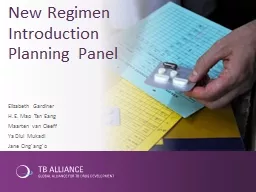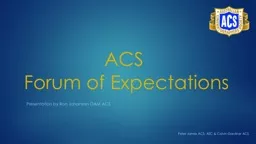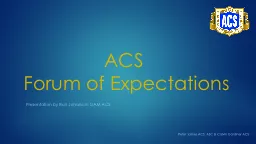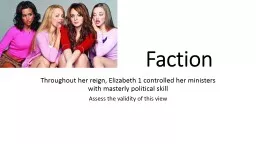PPT-Elizabeth Gardiner
Author : lindy-dunigan | Published Date : 2016-12-09
HE Mao Tan Eang Maarten van Cleeff Ya Diul Mukadi Jane Ongango New Regimen Introduction Planning Panel TB Regimen Introduction Planning Elizabeth Gardiner
Presentation Embed Code
Download Presentation
Download Presentation The PPT/PDF document "Elizabeth Gardiner" is the property of its rightful owner. Permission is granted to download and print the materials on this website for personal, non-commercial use only, and to display it on your personal computer provided you do not modify the materials and that you retain all copyright notices contained in the materials. By downloading content from our website, you accept the terms of this agreement.
Elizabeth Gardiner: Transcript
Download Rules Of Document
"Elizabeth Gardiner"The content belongs to its owner. You may download and print it for personal use, without modification, and keep all copyright notices. By downloading, you agree to these terms.
Related Documents














